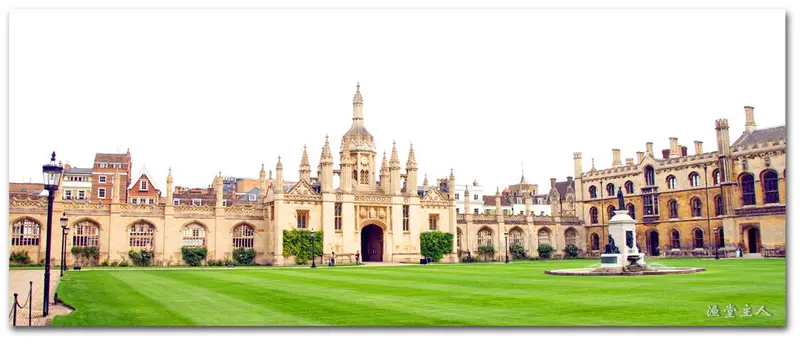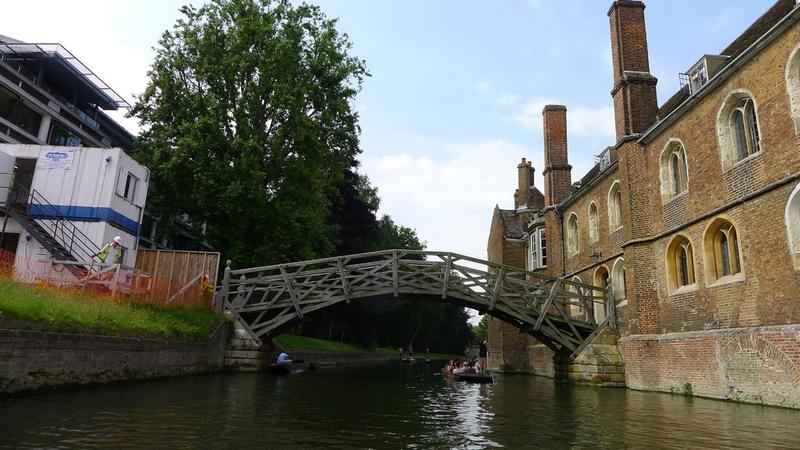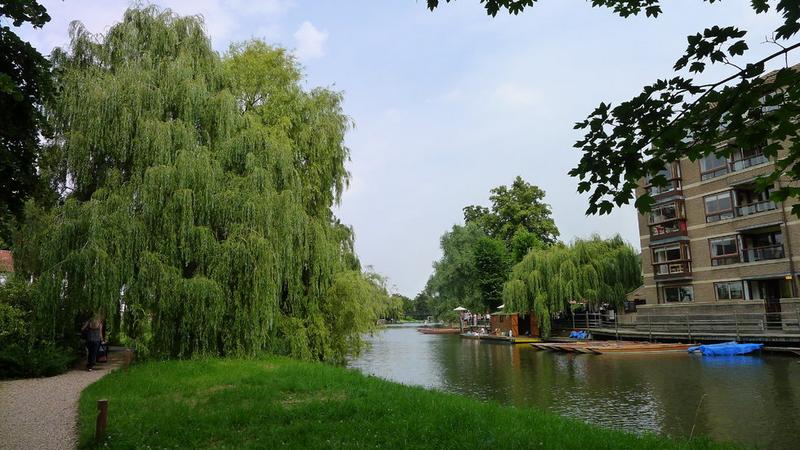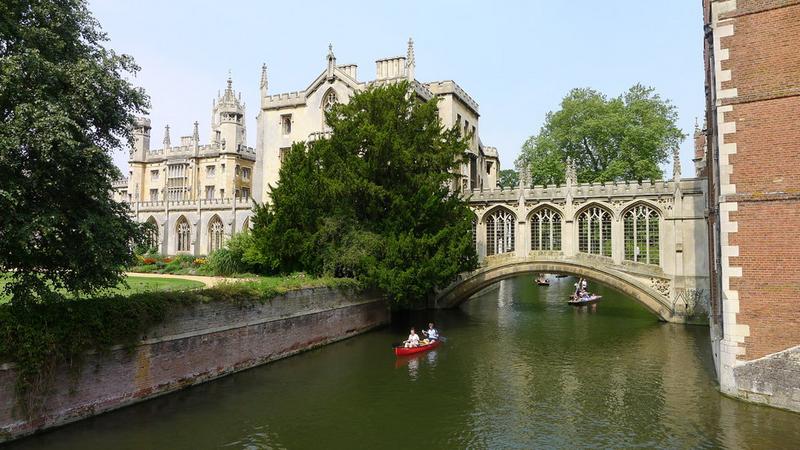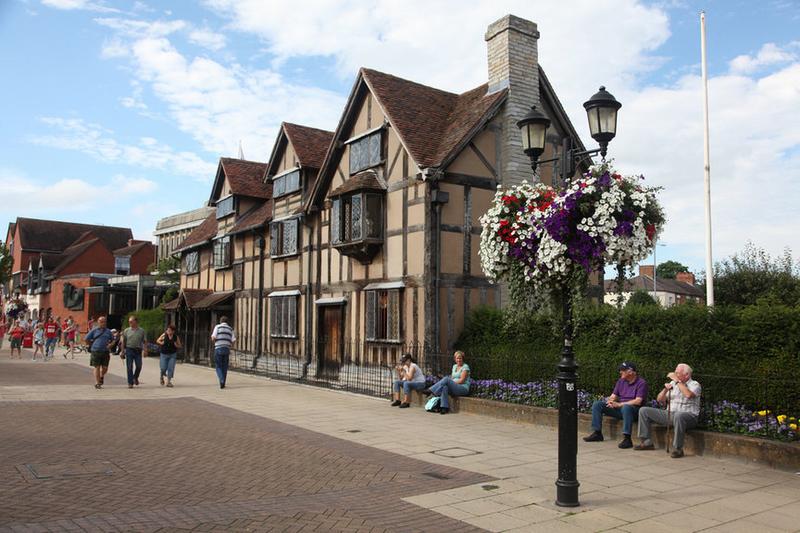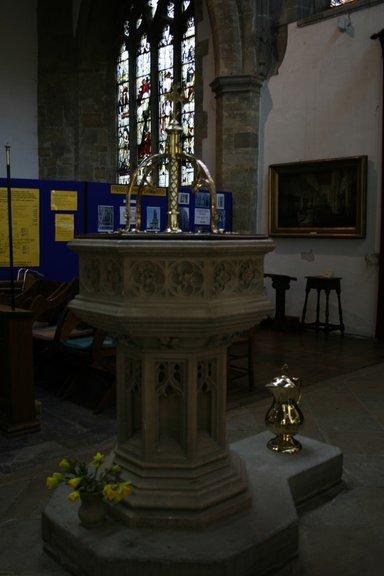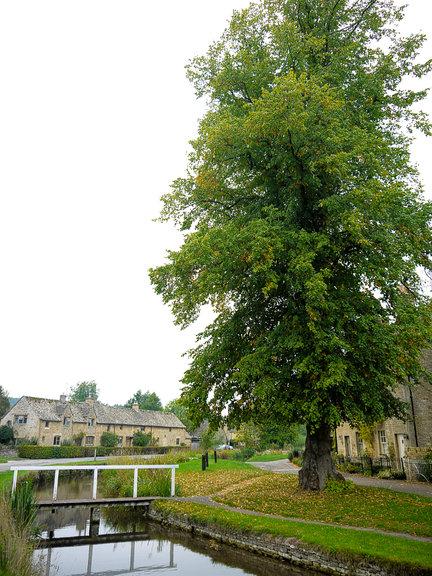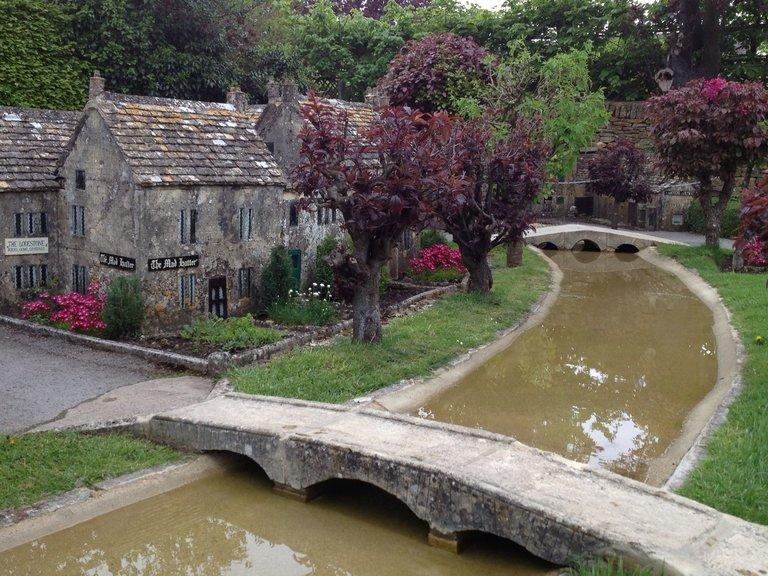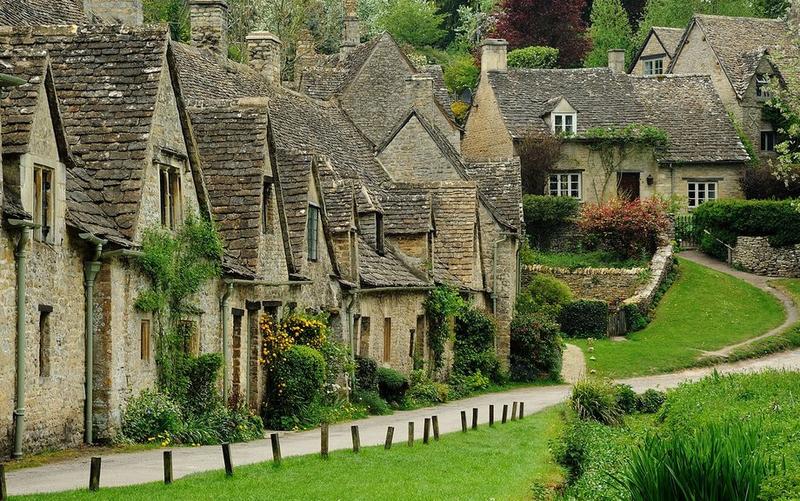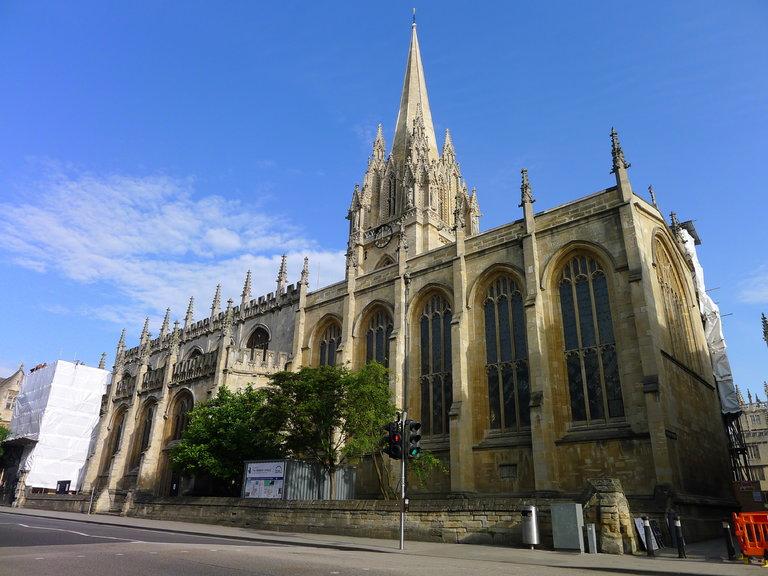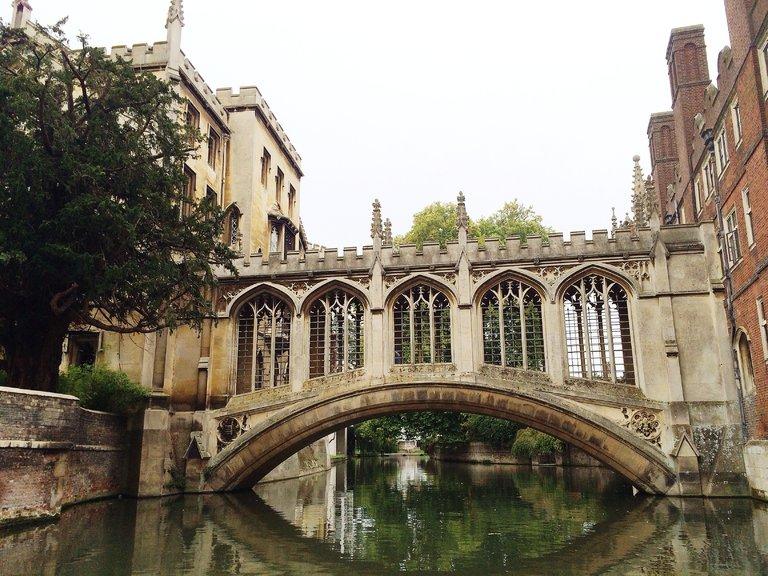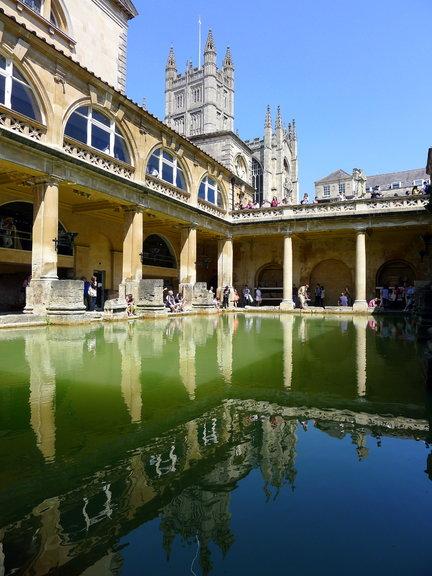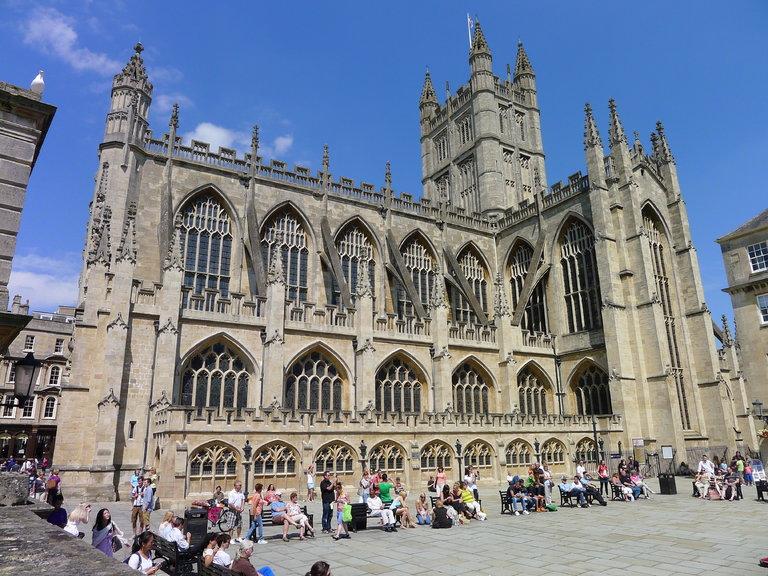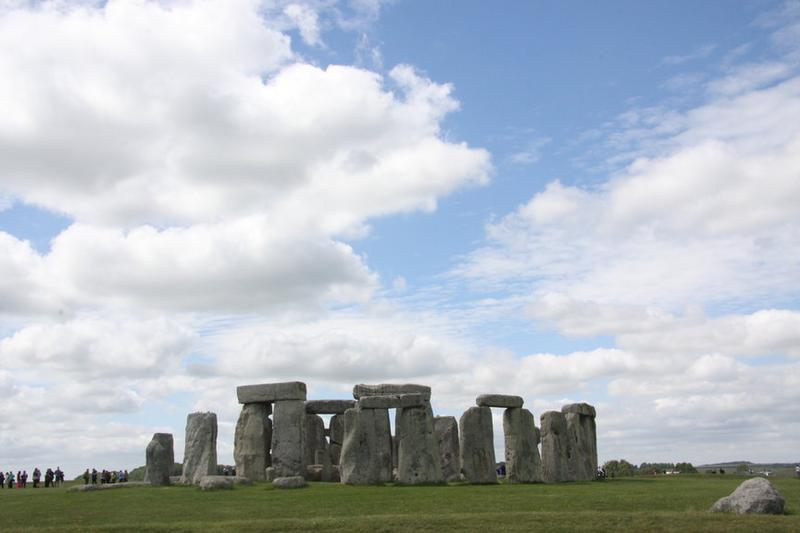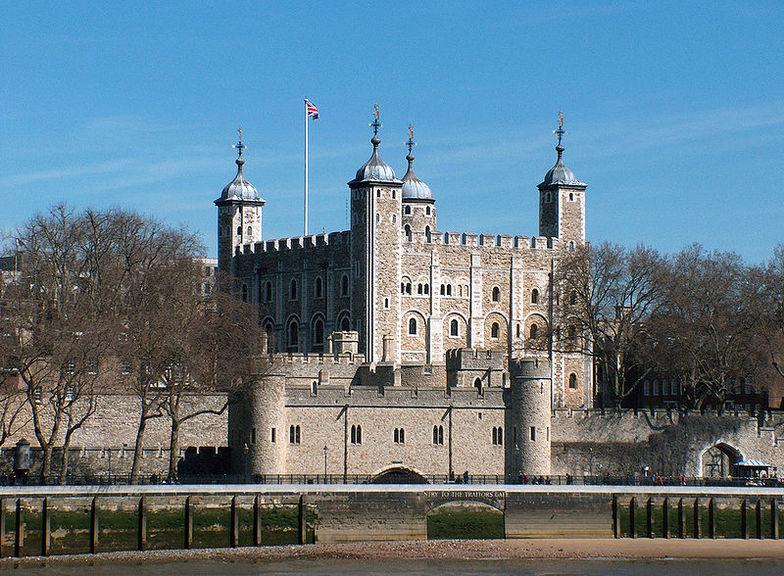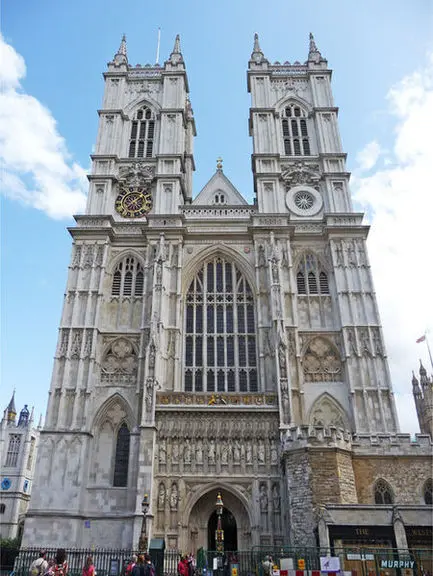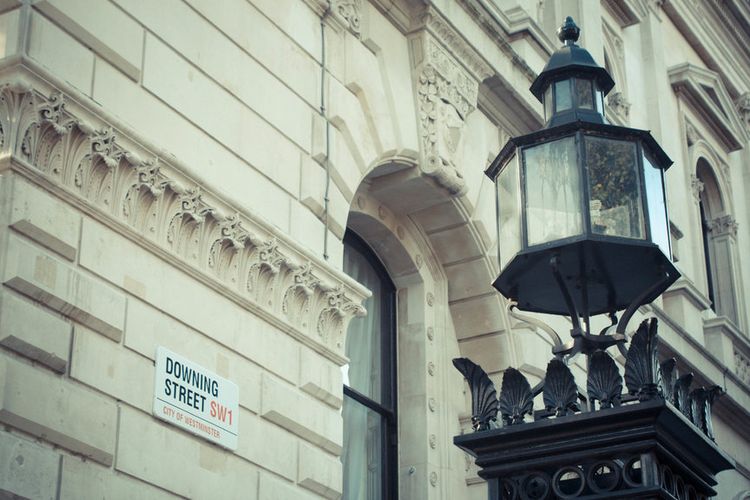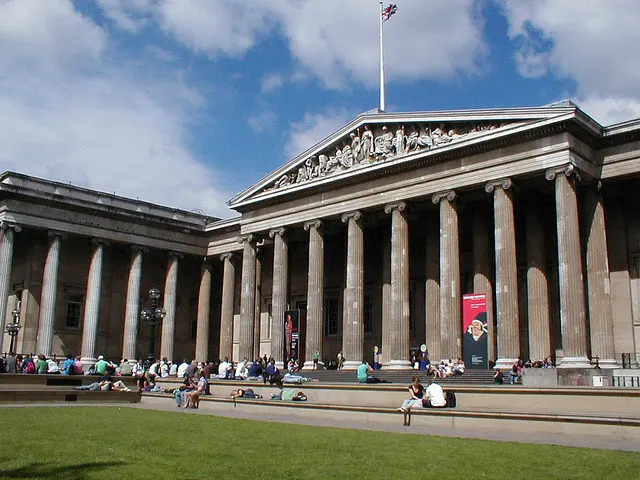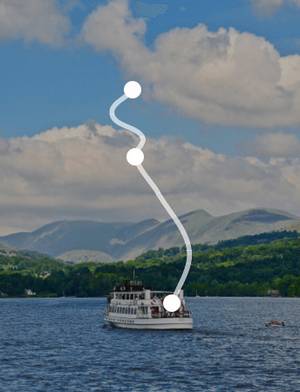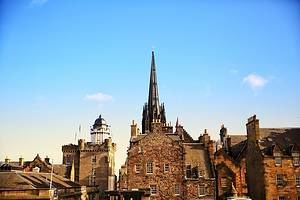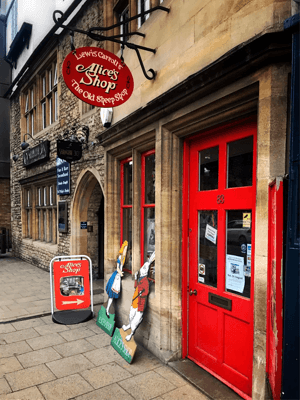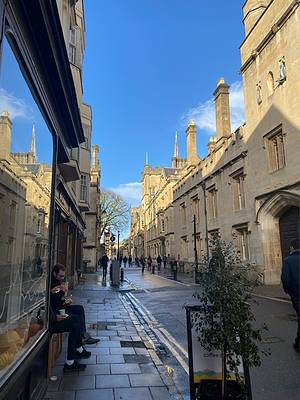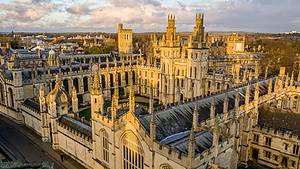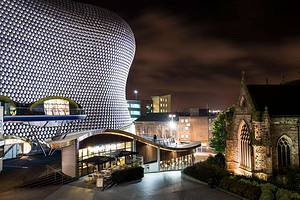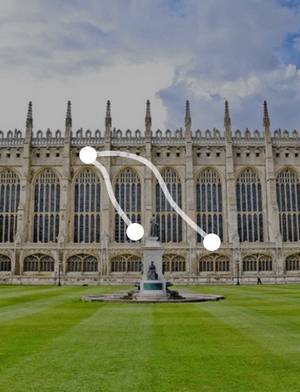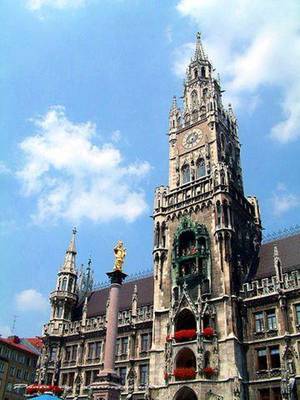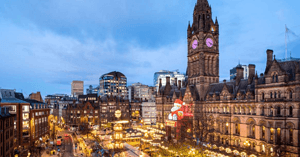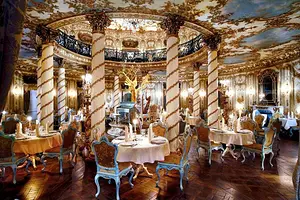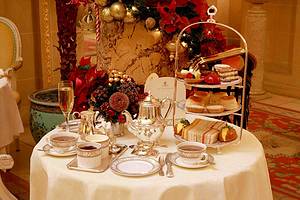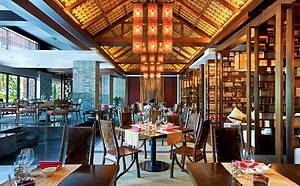6-day deep travel in southern England
7 cities |
29 attraction(s) |
total distance 192
km
 TIPS
TIPS
Day1
Day2
Day3
Day4
Day5
Day6
Day1: Cambridge
6 attraction(s) ·
4 km
1
Cambridge University has a history of nearly 800 years and has produced over 60 Nobel laureates. It is composed of 31 colleges. Science and technology are the pride of Cambridge academically. Trinity College has produced Newton, Bacon, over 20 Nobel laureates, and 6 British Prime Ministers. St. John's College is famous for its Bridge of Sighs. King's College is the most renowned college at Cambridge University. Visiting fees vary for each college. To avoid inconvenience to faculty and students, visitors are advised to follow the college's designated visiting route.
1
km
2
Located on the south side of King's College, the college was founded by Queen Margaret, the wife of Henry VI in 1448, and later by Queen Woodville, the wife of Edward IV in 1465. It is therefore known as "Queens" to represent the two queens. The college combines medieval and modern architecture, and its style is also very unique. It spans both sides of the River Cam, connected by the famous Mathematical Bridge.
1
km
3
Crossing the River Cam on the campus of the University of Cambridge, the Mathematical Bridge connects the campuses of Queen's College on both sides of the river. Its unofficial name is the Mathematical Bridge, while its official name is simply "Wooden Bridge". Designed by William Etheridge and built by James Essex in 1749, the Mathematical Bridge was reconstructed in 1866 and 1905, but its original design remained unchanged.
1
km
4
The most famous attraction in Cambridge, established in 1441 by the then King of England, Henry VI, and named "King's College" after him. The college courtyard also features a bronze statue of Henry VI. The Gothic architecture is magnificent, with the King's College Chapel as its centerpiece. It was personally designed by the King and took nearly 100 years to complete. It is now a proud symbol of Cambridge and provides the most beautiful views from the lawn outside the chapel.
1
km
5
The River Cam is a small river that surrounds the main city area of Cambridge. "Cam" means "raised" in English. The river forms a large "S" shape around the central campus of the University of Cambridge. It was called "Jianhe" (meaning "Jian River") by Chinese students from Fujian and Guangdong who came to study in Cambridge, as "Cam" is pronounced "Jian" in their dialects. The name "Cam" gained popularity thanks to Xu Zhimo's poem "Saying Goodbye to Cambridge Again". River Cam and River Granta are actually the same river, but locals refer to it as Granta. River Granta specifically refers to the section from Cambridge town to Grantchester, which is the upstream part of the river with winding paths and pastoral scenery. The downstream part is wider and calmer, with magnificent buildings of the University of Cambridge along the banks, known as the College Backs. When renting a boat to float on the river from the Queen's College Wharf, the boat owner will ask you "Granta or Colleges?" This means whether you want to float on the River Cam or go to a specific college's back lawn. When visiting Cambridge, it is a must to go punting on the river, enjoying the picturesque scenery on both sides and listening to the boatman's fascinating legends.
2
km
6
Inside St. John's College, on the Cam River, built in 1831, it connects the old court and the new court of the college. It is said that when Queen Victoria visited this bridge, she exclaimed: "So beautiful! So unique!" It is like a gallery bridge, with three levels: upper, middle, and lower. The lower level is a semi-elliptical bridge arch spanning the Cam River; the middle is a passageway, namely a long corridor. Unlike other long corridors, its surface is not flat but arched, and pedestrians have to go up and down slopes to cross the bridge. The two sides of the bridge are semi-enclosed with five pairs of symmetrical glass windows, protected by steel-reinforced cement frames, for lighting; the upper level is flat, similar to the bridge deck of a typical cement bridge, and the top surface is balanced with symmetrical tower-like decorations. The appearance of the entire bridge is light yellow.
Day2: Stratford Upon Avon > Cotswold
5 attraction(s) ·
66 km
1
This was originally the house of Shakespeare's parents John and Mary Shakespeare. It was purchased and restored by the Shakespeare Birthday Trust in 1847 to its original 16th-century appearance. It is a very quaint half-timbered residence and was the birthplace and childhood home of Shakespeare. It is now one of the most popular tourist attractions in the UK and receives 3.5 million visitors annually.
2
km
2
Shakespeare was born in Stratford-upon-Avon in 1564 and was buried here after his death in 1616. There is a commemorative half-length statue of Shakespeare here, which is a depiction of him during his creative period, in honor of the cultural treasures brought to us by this outstanding writer.
39
km
3
This town is built along the River Eye and has been documented to exist for over 1000 years. To the west of the town is a water mill built in the 19th century.
4
km
4
"The Venice of the Cotswolds". This town is crossed by the River Windrush. Many low stone arch bridges are built along the river, which is why Bourton-on-the-Water is called "The Venice of the Cotswolds".
23
km
5
Visit Cotswolds, if you can only choose one village, then come to Bibury! It fulfills all your imagination of the beauty of English countryside. Although it is not as commercialized as Bourton-on-the-water, it still preserves the ancient serenity and beauty of an English village. The houses here are at least four hundred years old, with rows of honey-colored brick cottages. Each household has its own unique and well-maintained garden. There are babbling brooks in front of the houses, where wild ducks happily play in the water. The most beautiful countryside in the world is in England, and the most beautiful countryside in England is right here.
Day3: Oxford
5 attraction(s) ·
5 km
1
One of the largest colleges in Oxford, it is also the only college in the world that is also a cathedral. Christ Church Cathedral is the mother church of the Diocese of Oxford. Christ Church College was founded in 1546. Like its sister college at Cambridge, Trinity College, it is traditionally considered the most aristocratic college in the university. It has produced 13 British Prime Ministers, equal to the total of the other 45 colleges at Oxford and surpassing any single college at Cambridge, only slightly fewer than the total for Cambridge (15 individuals).
It is possible to stay inside. The University of Oxford has a visitor program, and interested visitors can stay in dormitories to experience the atmosphere of the school. The main target groups are students and parents who are interested in studying, but alumni revisiting and curious visitors are also welcome. Other colleges also have dormitories to choose from, but if you stay at Christ Church, you can have breakfast in the college hall the next morning. Reservation website: http://www.universityrooms.com/en/city/oxford/home
1
km
2
The Church of St. Mary is the cathedral of the University of Oxford, with a history of nearly a thousand years. It is a magnificent and magnificent building. It is often the first impression of Oxford for many tourists because it is right next to Gloucester Green Bus Station. This is a Perpendicular Gothic building, and standing on the spire provides a panoramic view of Oxford. The porch was built in 1637, and its spiral columns are a major innovation in British architectural history. The porch was left with scars from the war in 1645. In the early days, the Church of St. Mary was a shared church for all colleges, and all ceremonies, official meetings, and exams were held here. Later, the activities of various colleges became more independent, and the role of the church gradually weakened. In the famous melee between the university students and the townspeople in the 13th century, the king ruled that the townspeople compensate for the university's losses and bear the university's expenses for the next 500 years. Therefore, on the day of the Annual May Morning Ceremony, a delegation of Oxford townspeople will come to the church to hand over the compensation to the respected members of the university.
4
km
3
Trinity College is a college of the University of Oxford, established in 1555. It is located on Broad Street in Oxford, between Balliol College and Blackwell's bookstore, across the street from Turl Street. It is surrounded by iron railings instead of walls, and its unique blue doors make it more open and accessible in appearance compared to other colleges in Oxford. The college has produced three British Prime Ministers and is ranked second along with Balliol College.
1
km
4
The Bodleian Library was opened in 1602 and is the oldest library in Europe, and the second largest in the UK after the British Library. It consists of three main libraries of the University of Oxford, including the Old Bodleian Library, the Radcliffe Camera, and the New Bodleian Library. The Old Bodleian Library, established in 1602, is one of the oldest libraries in Europe. According to the memoirs of Yang Jiang, the wife of Qian Zhongshu, Qian Zhongshu called this library "Bodley" or "the Bod". You can visit the library located in the Divinity School, where the magnificent medieval library scenes in Harry Potter were filmed.
1
km
5
Hertford Bridge, commonly known as the Bridge of Sighs, is a pedestrian bridge in Oxford, England. It crosses New College Lane and connects the north and south parts of Hertford College. Designed by Sir Thomas Graham Jackson, it was completed in 1914. Its unique design has made it a city landmark. Many places have bridges called the Bridge of Sighs, named after a similar covered bridge in Venice, Italy, but the author believes that this bridge more closely resembles the famous Rialto Bridge in Venice.
Day4: Bath > Stonehenge
5 attraction(s) ·
66 km
1
Bath is an ancient small city in southwest England, about 100 miles from London. It is known as the most beautiful city in England and a UNESCO World Heritage City. The Roman Baths, one of the most famous attractions in Bath, is also a well-known museum.
In Bath, which means "bath" in English, there is a legend that in the 1st century AD, when Britain was still part of the Roman Empire, a prince named Bladud studied in Athens and contracted leprosy. After returning home, he was exiled to the countryside to raise sheep. By coincidence, he discovered that pigs and sheep often rolled in a strange-smelling mud pool at the foot of a mountain. So, the young prince went into the mud pool to drive away the pigs and sheep, and occasionally bathed in a nearby hot spring. Every time he took a bath, he felt refreshed. Over time, the minerals in the spring water actually cured his leprosy and made his skin smooth. Later, he succeeded to the throne and became the king, but he didn't forget about the strange-smelling hot spring in Bath. He sent people to test the water quality of the hot spring and found that it was rich in minerals such as sulfur, which had therapeutic effects on certain nervous system and skin diseases. He ordered the digging of a deep well to extract the hot spring water from underground and store it in a large stone-built pool. This marked the construction of the "King's Bath," following the ancient Roman style, as well as a temple. Every year, the king and nobles would come here to take baths. In the 16th century, the "Queen's Bath" was also built nearby. The ancient baths still preserve the "throne" where the king bathed and his statue.
The Roman Baths, located in the city center of Bath, is the most famous attraction and a well-known museum. It was built around the hot springs. This hot spring water, which gushes out 1.27 million liters per day from a depth of 3,000 meters underground, maintains a temperature of 46.5 degrees Celsius all year round. It can be consumed and used for medicinal purposes. In the 18th century, a gilded statue of the goddess Minerva was accidentally discovered, reviving the long-forgotten ancient Roman baths. After over two centuries of excavation, it was revealed that the Roman Baths had several bathing pools, as well as a swimming pool and heated rooms. Sculptures and railings were scattered around the baths, and there used to be huge curved arches, now only some columns remain, but remnants of the arches can be found around the baths.
The Pump Room, adjacent to the Roman Baths, is much younger, built less than 200 years ago. Don't think of it as just a house for water pumps. In the 19th century, it was a place where gentlemen and ladies who came to Bath for tourism gathered daily. The 6-meter-high roof is adorned with exquisite carvings, and the large grid windows are a characteristic of Georgian architecture. In front of the window, there is a small circular fountain, which used to be the source of mineral water for servants to make tea.
The Bath Museum in the Bath Abbey displays many precious artifacts from that time, which vividly depict the glorious history of the past. The old city walls are still faintly visible here. The Roman period's stone carvings and sculptures truly make people marvel at the great achievements of humanity 2,000 years ago. When people come here, they can explore the splendor of the Roman era through these relics.
1
km
2
Bath Abbey, also called Bath Cathedral, is a pale yellow-colored building made of typical Bath stone. It has a cross-shaped floor plan and was first built in the 7th century. It went through reconstruction, fire, and restoration, and finally became the Gothic-style building in the 16th century. It can accommodate 1200 people and is very magnificent.
3
km
3
The circular building consisting of 30 houses, designed by architect John Wood the Elder, is located at the top of the hill along Gay Street from Bath city center heading north. The circular layout is divided into three sections, ensuring a typical facade can be seen from any entrance. In the center of the circular green lawn, there is a large tree surrounded by a ring of Georgian classical buildings. John Wood the Younger, the son of John Wood the Elder, is the designer of the Royal Crescent in Bath.
1
km
4
To the west of the circular building by 200 meters is the Royal Crescent, a crescent-shaped Georgian terrace composed of 30 residential buildings. Facing the large lawn of the Royal Victoria Park, these houses were designed by the architect John Wood the Younger and built between 1767 and 1774. Over the centuries, these houses have been rented by wealthy individuals and celebrities, and they remain highly popular and practically never sold.
61
km
5
Stonehenge is a famous prehistoric cultural temple site in Europe and one of the most recognizable symbols of England. It is located on the Salisbury Plain in Wiltshire, England. These horizontally and vertically arranged large stones, seemingly randomly placed, are considered a great wonder of human history. Archaeologists believe it was built around 3000 BC, and the transportation and placement of these 4300-year-old stones remain a mystery. The most incredible aspect of Stonehenge is the central group of large stones, the tallest of which is 8 meters high and weighs nearly 30 tons. They are arranged in a circular pattern with a diameter of over 100 meters, creating a stunning impact. It is astonishing to find that many stones weighing up to 7 tons are horizontally supported by two vertical pillars. Some believe that the construction of this magnificent stone circle was to record the trajectory of the sun, while others think it was used as a tomb or for religious rituals, but the true purpose of its construction is still unknown. In the face of this incredible wonder, one can marvel at the sight and make bold speculations.
Day5: London
5 attraction(s) ·
50 km
1
One of the official residences of the Queen of England, and the largest inhabited castle in the world. The current Queen spends a lot of time living here and frequently engages in various official and private activities. Whenever the Queen is in the castle, the royal flag is raised. Windsor Castle is divided into three areas: Upper, Middle, and Lower Ward. The Upper Ward includes the State Apartments and the Dolls' House, while the Middle Ward features the Round Tower surrounded by the Rose Garden. The Lower Ward includes the Gothic-style St. George's Chapel. In addition to Windsor Castle, there are many other places worth visiting in the town of Windsor, such as the famous Eton College and Royal Ascot. The nearby town of Bray is also a culinary destination with two Michelin three-star restaurants, despite its small size.
39
km
2
Westminster Palace, also known as the Houses of Parliament, is the home of the UK Parliament (including the House of Commons and the House of Lords). Located on the west bank of the River Thames, it is situated close to other government buildings within the Whitehall area. Westminster Palace is a prime example of Gothic Revival architecture and was designated as a UNESCO World Heritage Site in 1987. The famous Big Ben is located in the clock tower at the northwest corner.
The building consists of around 1,100 individual rooms, 100 staircases, and 4.8 kilometers of corridors. Although the palace today is largely a result of 19th-century restorations, it still retains many historical features from its original construction, such as Westminster Hall (dating back to 1097), which is used for significant public ceremonial events, such as lying in state.
Big Ben, nicknamed for the clock tower of Westminster Palace, is one of the iconic landmarks in London. The tower stands at 95 meters tall, with a bell diameter of 9 feet and a weight of 13.5 tons. It chimes every 15 minutes, producing the distinctive Westminster chimes. The clock was completed on April 10, 1858, and is the largest clock in the UK. The tower itself is at least 320 feet (97.5 meters) in height, and the minute hand is 14 feet (4.27 meters) long. Big Ben is wound up manually, and during parliamentary sessions, the clock face is illuminated, chiming every hour.
6
km
3
One of the landmark buildings in London, named after its location near the Tower of London, is a bascule bridge spanning the River Thames, which opened in 1894. The lifting mechanism of Tower Bridge used to be steam-powered but has since been changed to electric, although the original mechanical structure is still preserved for visitors. If you're lucky, you can see the spectacle of Tower Bridge opening to allow tall ships to pass through.
1
km
4
The official name of the Tower of London is "Her Majesty's Palace and Fortress, The Tower of London". It has served as a fortress, an arsenal, a treasury, a mint, a palace, an execution site, a public records office, an observatory, a refuge, and a prison. Queen Elizabeth I was imprisoned here during the reign of her sister, Queen Mary I. The Tower of London was last used as a prison during World War II, with Rudolf Hess being held there. It was designated as a UNESCO World Heritage site in 1988. In 2012, a special exhibition of crown jewels was held here to commemorate the Queen's Diamond Jubilee.
6
km
5
Many people choose to overlook the panoramic view of London from the London Eye. This giant Ferris wheel, located on the banks of the River Thames, stands at a height of 135 meters. It officially opened to visitors in the year 2000, the millennium, and has 32 fully enclosed capsules, each capable of carrying around 20 people. It takes about half an hour to complete one rotation. The juxtaposition of this modern marvel and the surrounding historic architecture brings new vitality to ancient London. It is best to choose a clear and sunny day and book tickets online in advance, as this popular attraction in London always has long queues every day.
Day6: London
3 attraction(s) ·
4 km
1
Westminster Abbey, also known as Westminster Cathedral, is adjacent to the Houses of Parliament. It is not only the Church of England's place of worship, but also the venue for the coronation of kings and weddings of royal members. Prince William's wedding was held here in 2011. It can be said to be the highest church in the United Kingdom. Apart from members of the royal family, many famous people are buried here, including Newton, Darwin, Churchill, and others. Some say that people visit Westminster Abbey not to pay homage to the monarch, but to those who have made contributions to the country. The architecture of the entire church is representative of Gothic style, both splendid and solemn, with sunlight shining through colorful stained glass. Westminster Abbey was first built in the 10th century. Since William the Conqueror's coronation in 1066, the abbey has been the church for royal coronations. Over the past thousand years, many famous Britons have been buried here for future generations to admire and remember. For hundreds of centuries, millions of worshipers have come here to attend services.
1
km
2
10 Downing Street, is a Georgian-style building. Traditionally the residence of the First Lord of the Treasury, it has since become the official residence of the British Prime Minister after the role was combined. Its simple design with a black wooden door and the white numeral "10" has become a well-known symbol.
Besides serving as the official residence and office of the Prime Minister, 10 Downing Street is also where the Prime Minister's secretary, assistants, and advisors work. However, tourists are generally not allowed to approach the door of Number 10 and can only visit from behind iron railings on either side of Downing Street.
3
km
3
The British Museum is one of the world's most famous museums with nearly eight million items in its collection. There are treasures from all over the world, from Egyptian mummies to Chinese antiquities, and it's all free to visit. If you have time, spend a whole day here, but if you only have 10 minutes, head straight to the mummy exhibition! Don't forget to explore the treasures in the Chinese section as well. The Great Court with its impressive glass roof is the main entrance, and the central circular reading room used to be part of the British Library until its relocation in 2000. It's recommended to arrive early to avoid the crowds, and you can also rent an audio guide to learn more about the history behind each exhibit.
